Electric Toothbrush Mold is more common than most users realize. Moisture from residual water can accumulate inside the handle or near the brush head, creating a breeding ground for bacteria and mold. For OEMs, this is not just a hygiene concern—it impacts customer satisfaction, brand reputation, and potential product returns. By understanding where mold typically develops, manufacturers can proactively address the issue through design improvements.
Many standard electric toothbrush designs struggle to prevent electric toothbrush mold due to poor drainage, insufficient ventilation, and the use of materials that absorb moisture. Without careful attention to how water moves through the product, small pockets of stagnant water can remain, giving mold a perfect environment to thrive. Users may also leave brushes on flat surfaces, which exacerbates the problem if water cannot escape properly.
OEMs can significantly reduce mold risks by integrating thoughtful OEM design improvements. This includes creating internal channels that guide water away from sensitive areas, sealing components where moisture could enter, and optimizing the assembly process to eliminate gaps where water might linger. By addressing mold risk at the design stage, manufacturers not only enhance hygiene but also extend product life and reliability.
A key factor in mold prevention is the implementation of advanced drainage systems. Innovative designs allow water to flow out naturally after use, preventing accumulation in the handle or around electronic components. Drainage solutions can range from angled internal surfaces to small venting holes that promote airflow, ensuring that the toothbrush dries quickly between uses.
Material selection plays a critical role in mold prevention. By incorporating mold-resistant materials in high-risk areas, OEMs can minimize microbial growth even if moisture remains temporarily. Silicone seals, specialized plastics, and antimicrobial coatings are effective ways to keep toothbrushes hygienic without compromising durability or aesthetics.
Investing in mold-preventing design features provides clear benefits for OEM brands. Not only does it improve user safety and satisfaction, but it also strengthens brand reputation and reduces the risk of product complaints or recalls. By emphasizing hygiene through thoughtful engineering, drainage systems, and the use of mold-resistant materials, your electric toothbrushes stand out in a competitive market.
.jpg)
Comparing Toothbrush Bulk Export Pricing?
Electric Toothbrush Gift Set Supplier
ADA Compliant Electric Toothbrush Supplier
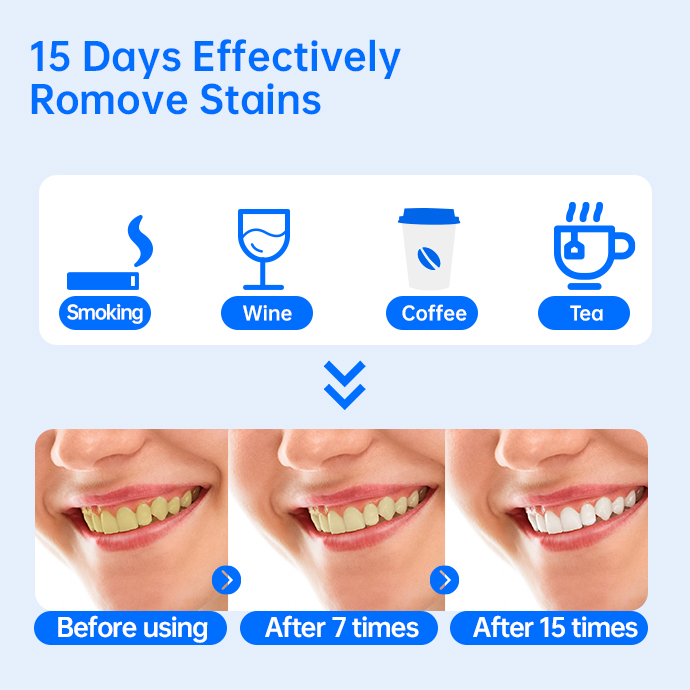
Building a Toothbrush Subscription B2B Model?
.jpg)
The Hidden Risks of Over-Engineered Water Flossers: Consequences of Excessive Pulse Frequency
.jpg)
Considering Whitening Kit Private Label?
Houston Pressure Sensor Toothbrush – Protect Your Gums with Powsmart
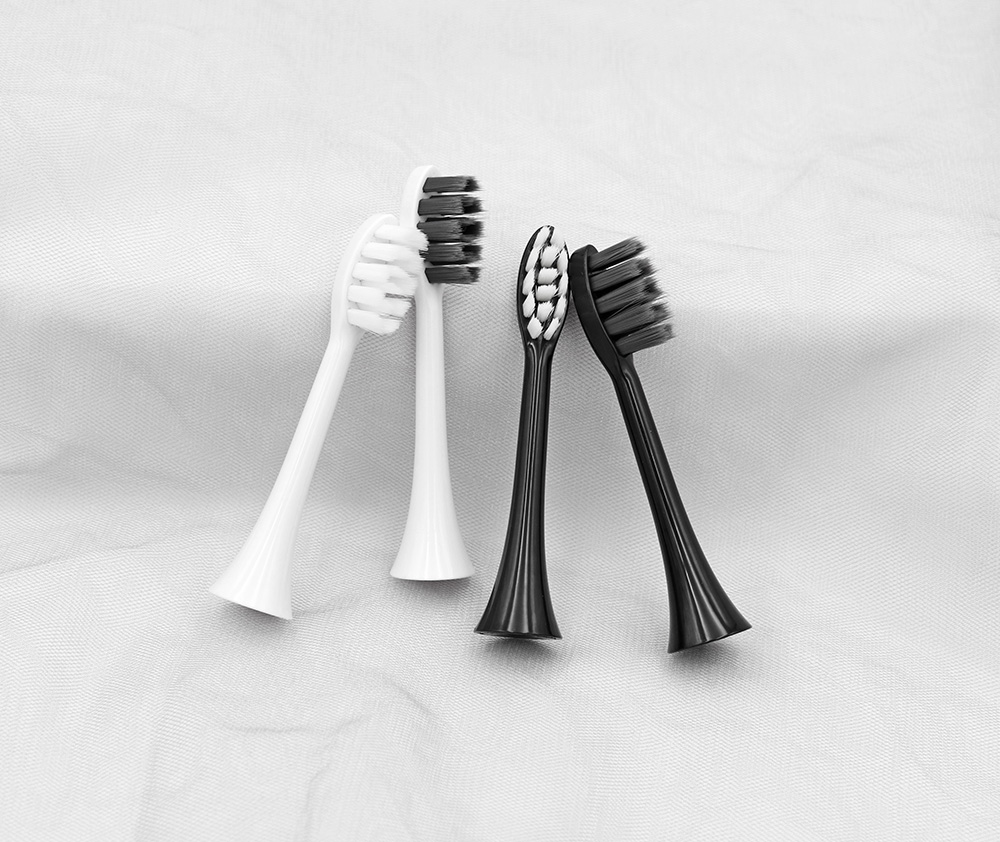
Can You Use Generic Electric Toothbrush Replacement Heads Safely?

Why Should You Cover Your Toothbrush in the Bathroom? Hygiene Insights from Manufacturers
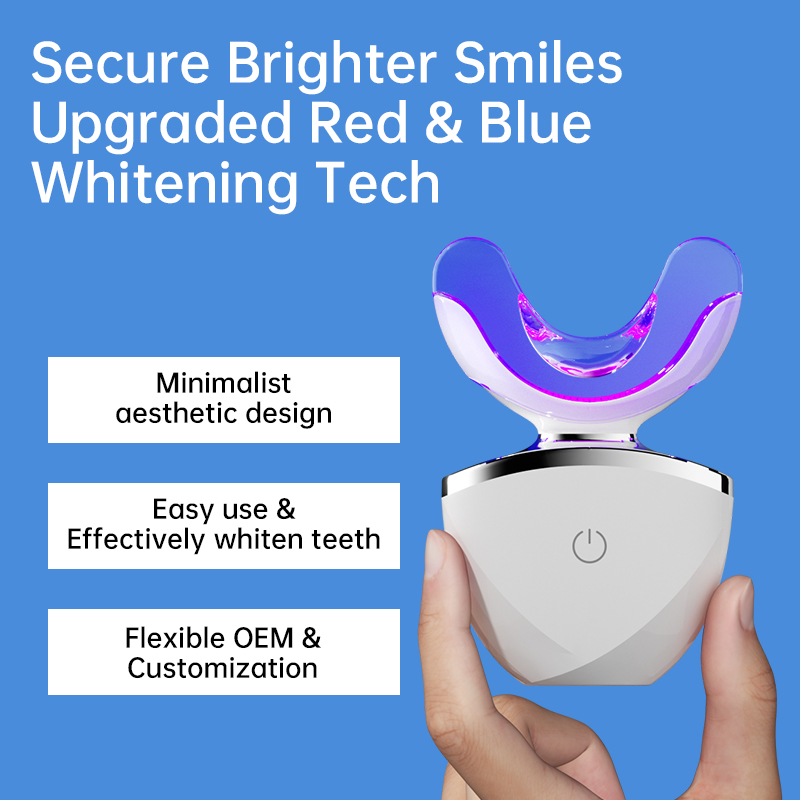
Red vs Blue Light Teeth Whitening: Choosing the Right OEM Technology for Your Brand
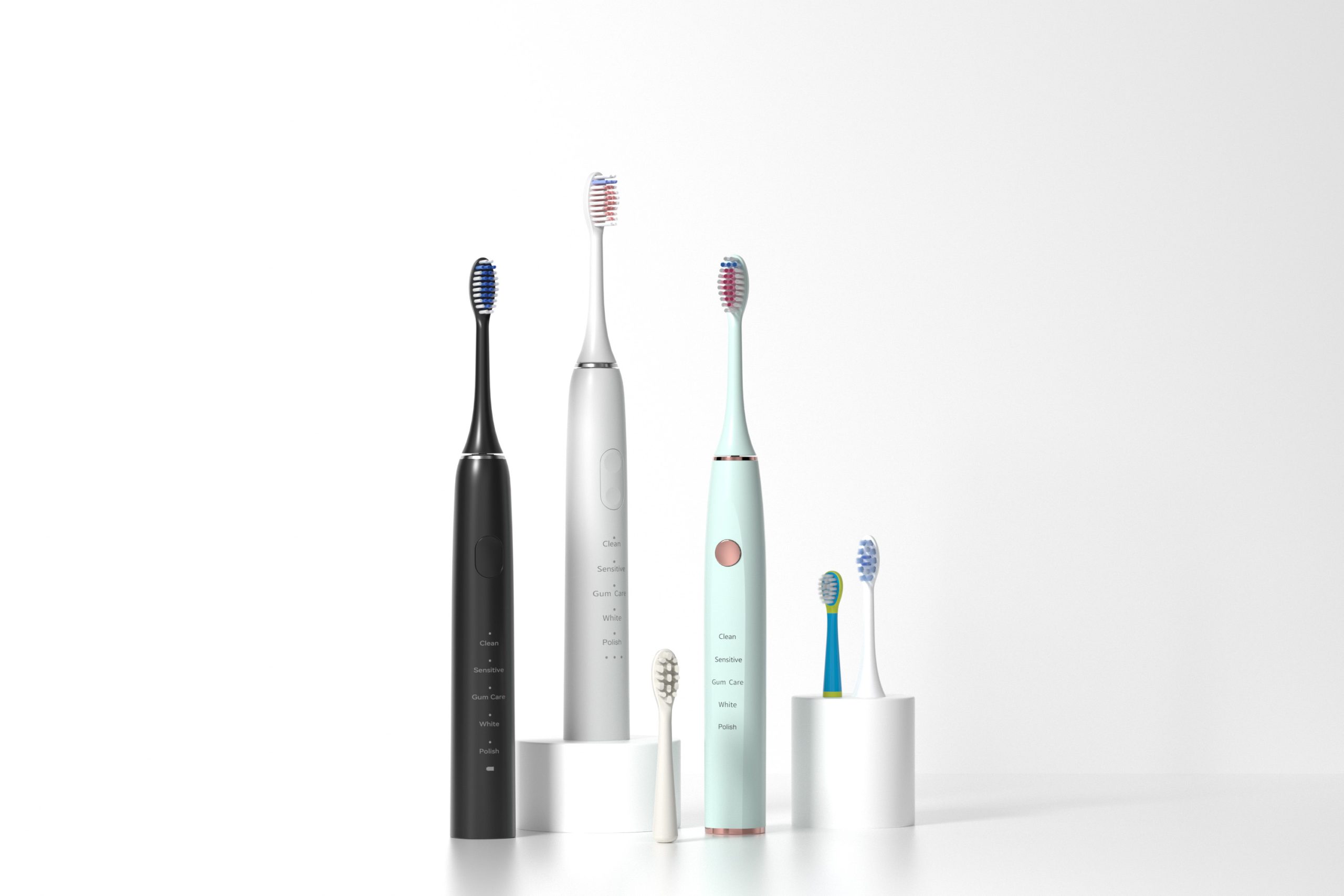
San Diego Military-Grade Durable OEM Electric Toothbrush Suppliers

What Really Happens If You Use a Moldy Toothbrush? Health Risks & OEM Solutions
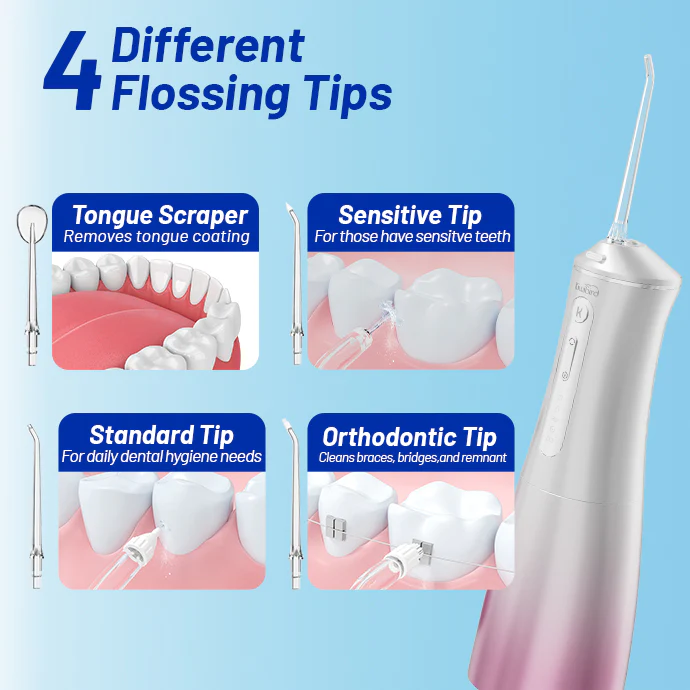
How Does Bulk Toothbrush Heads Wholesale Benefit from Innovative Electric Toothbrush Mold Design?
water flosser OEM factory

5 Signs You Need to Replace Your Electric Toothbrush: Insights from an OEM Factory
Hotel Amenity Electric Toothbrush Supplier | Premium Guest Oral Care

Private Label Whitening Gel

Electric toothbrush heads Charcoal Infused-Diamond

electric toothbrush heads Regular Clean

electric toothbrush heads Ultra Soft

electric toothbrush heads Deep Clean
.jpg)
Florida Electric Toothbrush – Powsmart PTR-C8

electric toothbrush heads Charcoal Infuse-Round

Customization Teeth Whitening Gel
whstapp
whstapp
National Toll-Free Service Hotline
+86 755 86238638